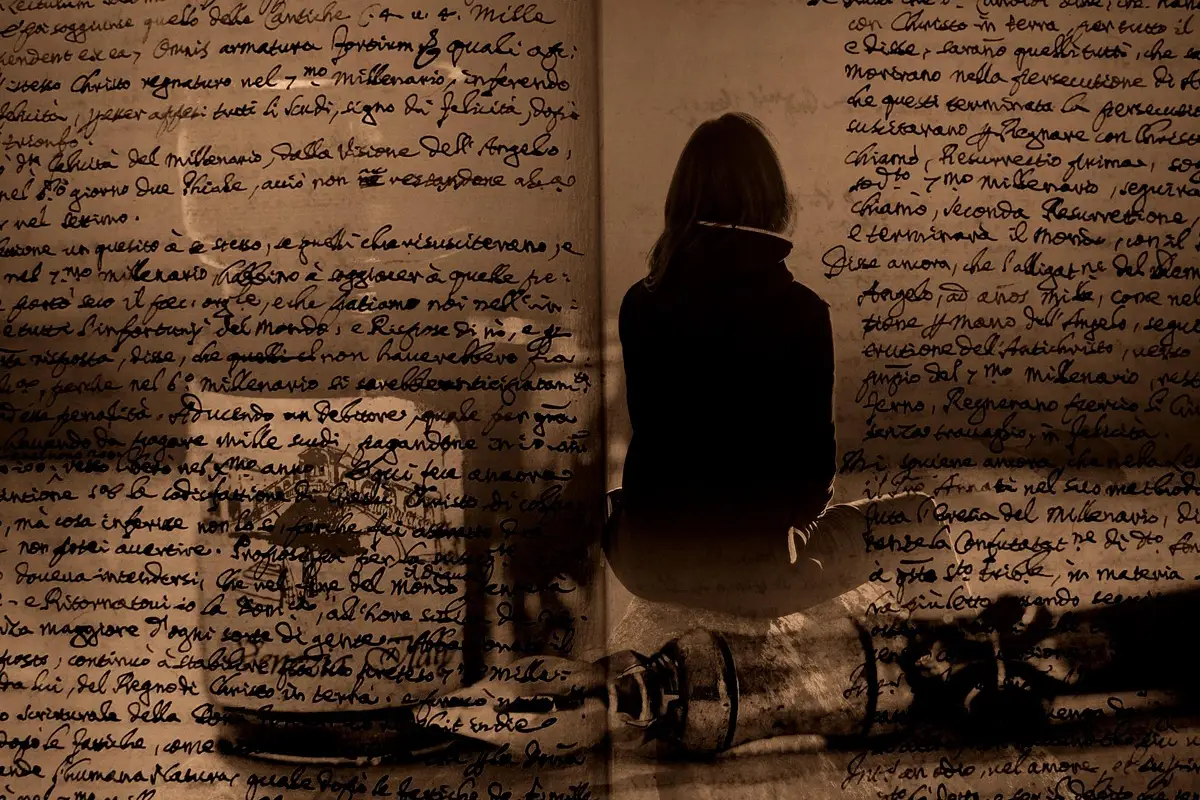This post has already been read 80 times!
Narrative poetry brings stories to life in a unique and captivating way. Imagine combining the rhythmic beauty of poetry with the dramatic flair of theater. This fusion creates an enchanting experience for both performers and audiences, turning simple tales into memorable performances.
Understanding Narrative Poetry
Narrative poetry is a form of poetry that tells a story. Unlike lyrical poetry, which focuses on emotions and personal experiences, narrative poetry revolves around characters, plots, and events. This form can be traced back to ancient times with epic poems like Homer’s “The Iliad” and “The Odyssey.”
Why Narrative Poetry Works on Stage
Narrative poetry works wonderfully on stage due to its inherent storytelling nature. The rhythmic structure of poetry adds a lyrical quality to the spoken word, enhancing the audience’s engagement. Performers can use their voice modulation, expressions, and body language to bring characters and scenes to life, making the story more vivid and immersive.
Crafting a Compelling Narrative Poem
Creating a narrative poem for stage performance involves a few key steps:
Choosing a Theme: Start with a central theme or message. It could be a historical event, a personal anecdote, or a fictional tale.
Developing Characters: Strong characters are crucial. Give them distinct personalities, goals, and conflicts.
Building a Plot: Outline the plot with a clear beginning, middle, and end. Include elements of conflict and resolution to keep the audience engaged.
Using Vivid Language: Use descriptive and vivid language to paint pictures in the audience’s mind. Metaphors, similes, and sensory details can enhance the imagery.
Incorporating Rhythm and Rhyme: While modern narrative poems don’t always rhyme, maintaining a rhythmic flow can help with the performance aspect.
Techniques for Performing Narrative Poetry
Bringing a narrative poem to life on stage requires more than just reading aloud. Here are some techniques to enhance your performance:
Vocal Variation
Vary your pitch, tone, and pace to match the mood of the poem and the emotions of the characters. A whisper can convey secrecy, while a loud, steady voice can depict anger or determination.
Body Language
Use gestures and movements to emphasize actions and emotions. A slouched posture might indicate sadness or defeat, while an upright stance can signify confidence or victory.
Facial Expressions
Your facial expressions should mirror the feelings and reactions of your characters. Wide eyes can show surprise, while a furrowed brow might indicate confusion or concern.
Interaction with the Audience
Engage with your audience by making eye contact and directing your energy towards them. This connection can make your performance more impactful and memorable.
Examples of Narrative Poetry in Performance
To illustrate the power of narrative poetry on stage, consider these examples:
“The Raven” by Edgar Allan Poe
In performances of “The Raven,” the narrator’s descent into madness is conveyed through increasingly frantic pacing and agitated movements. The performer’s voice grows more intense, and their body language more erratic, drawing the audience into the narrator’s obsessive quest for understanding.
“The Highwayman” by Alfred Noyes
This poem tells the story of a highwayman and his tragic love. Performers often use dramatic pauses and varied vocal tones to build suspense and convey the poem’s intense emotions. The physical portrayal of the highwayman’s daring and the lover’s sacrifice adds a visual layer to the narrative.
Creating Your Own Narrative Poem
Ready to write and perform your own narrative poem? Here’s a step-by-step guide:
1. Start with an Idea
Think about a story you want to tell. It could be based on a real event, a legend, or something entirely fictional.
2. Outline Your Story
Create a basic outline with key events and character developments. Decide on the main conflict and how it will be resolved.
3. Write in Verses
Begin writing your poem in verses, focusing on rhythm and flow. Don’t worry too much about rhyming; the rhythm is more important for performance.
4. Edit and Refine
Edit your poem for clarity and impact. Ensure each line contributes to the story and helps build the overall narrative.
5. Practice Your Performance
Rehearse your poem multiple times. Pay attention to your vocal delivery, gestures, and expressions. Consider performing in front of a mirror or recording yourself to identify areas for improvement.
Bringing it All Together
Imagine you’re performing a narrative poem about a young soldier in a historical battle. You start with a soft, reflective tone as the soldier writes a letter to his family. As the poem progresses and the battle begins, your voice grows louder and more intense, your movements become more frantic. During moments of loss, you slow down, your voice trembling, capturing the soldier’s fear and sorrow. Finally, as the battle ends, you return to a softer tone, mirroring the soldier’s exhaustion and hope for peace.
This performance transforms the poem into a living, breathing story, allowing the audience to experience the soldier’s journey alongside him.
Narrative poetry offers a rich blend of storytelling and performance art. Whether you’re a poet looking to try something new, a performer seeking fresh material, or an audience member eager for a unique experience, narrative poetry has something to offer. Have you ever written or performed narrative poetry? Share your experiences and thoughts in the comments below!

